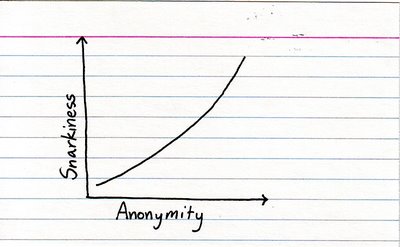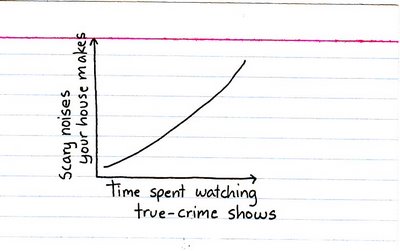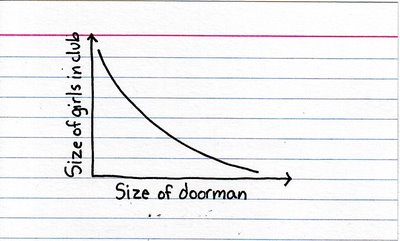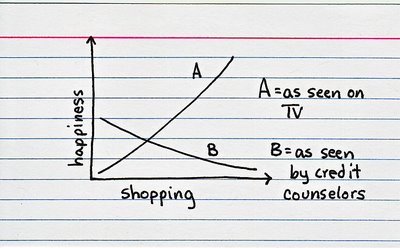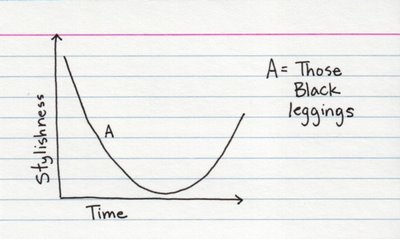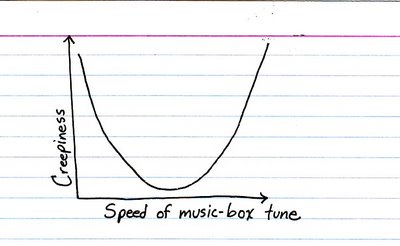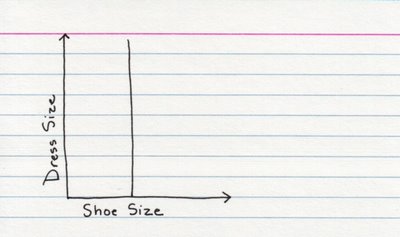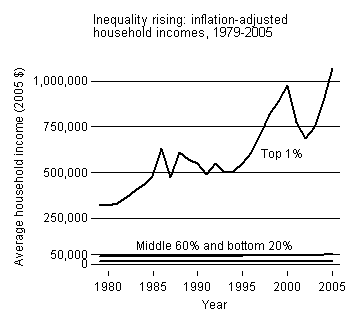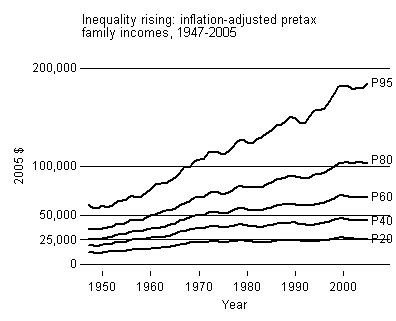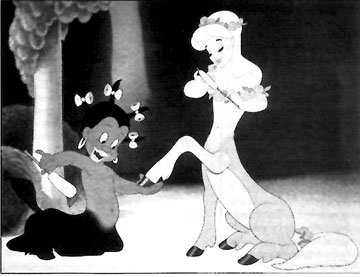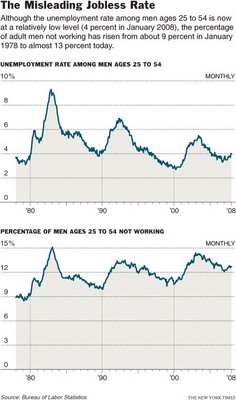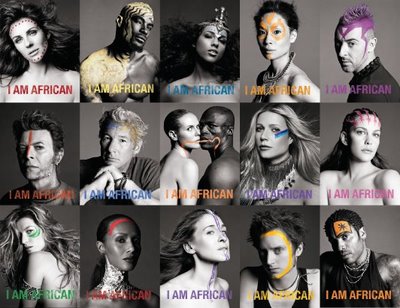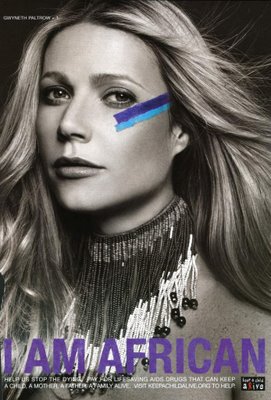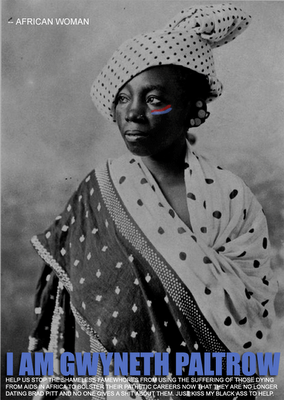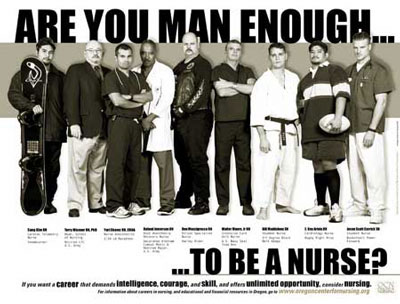This quick video presents an American and a Swedish military recruitment commercial back-to-back.
Our member blogger, Wendy, who is writing her dissertation on the military, had this to say:
The most striking difference between these ads to me is what these commercials choose to show and what they don’t show to recruit new members.
The Marines’ commercial focuses on the duty, bravery, glory, honor aspects of service. And this is entirely focused inward– toward the Marines and the country’s goals (and in that order– Marines’ loyalties are to “unit, Corps, God and country” in that order). Where is the “other” in this commercial (that is such a part of the Sweden commercial)? Who is the “for honor” for? Who is the “for courage” for? It seems implicitly to be to the corps.
This is right in line with most Marine discourse. All of their recruitment info is the same– the focus is on the corps, and on the highly specialized ways Marines serve. As a popular Marine slogan says “The USMC: When it absolutely, positively must be destroyed overnight.”
And the Swedish commercial is even more fascinating. There is no focus on the actual members of the Nordic Battlegroup. Instead it is all about everyday people– both in Sweden and in countries experiencing conflict. The focus is on the privilege of living in a country not at war (”everybody’s everyday is not like ours”).
The images of war in this commercial are disturbing– hectic, scary and out of control. This is the exact opposite of the Marine commercial where everything is ordered and organized and machines (helicopters, guns) are shown as extension of this order and control– instead of in a context of chaos. There’s a HUGE disconnect between the weapons shown and what they actually DO during war.
War in all its chaos is present in the Swedish commercial, and absent from the Marines commercial. That in and of itself is interesting.
Via Spiked Humor
Thanks to Julie C. for this tip!

